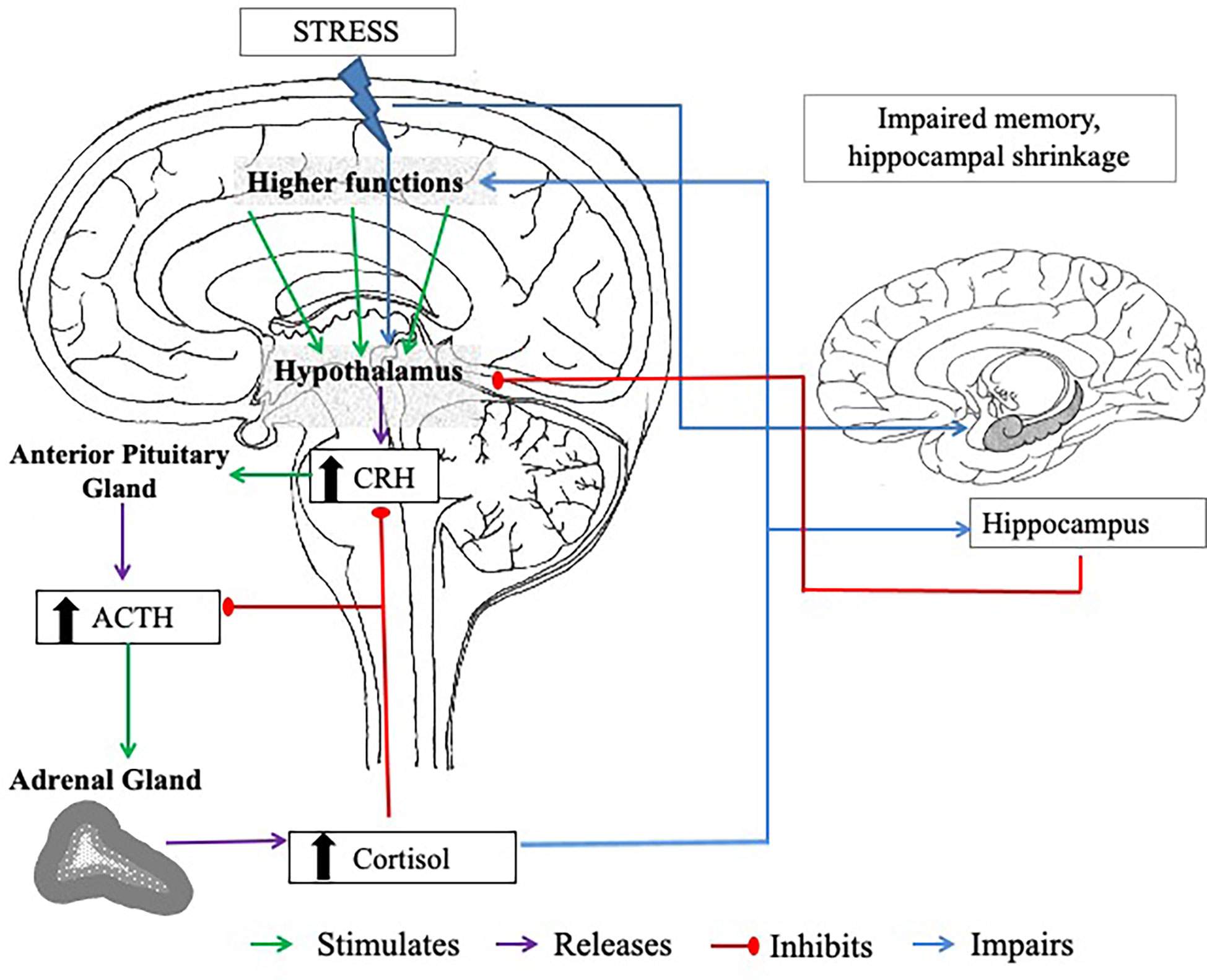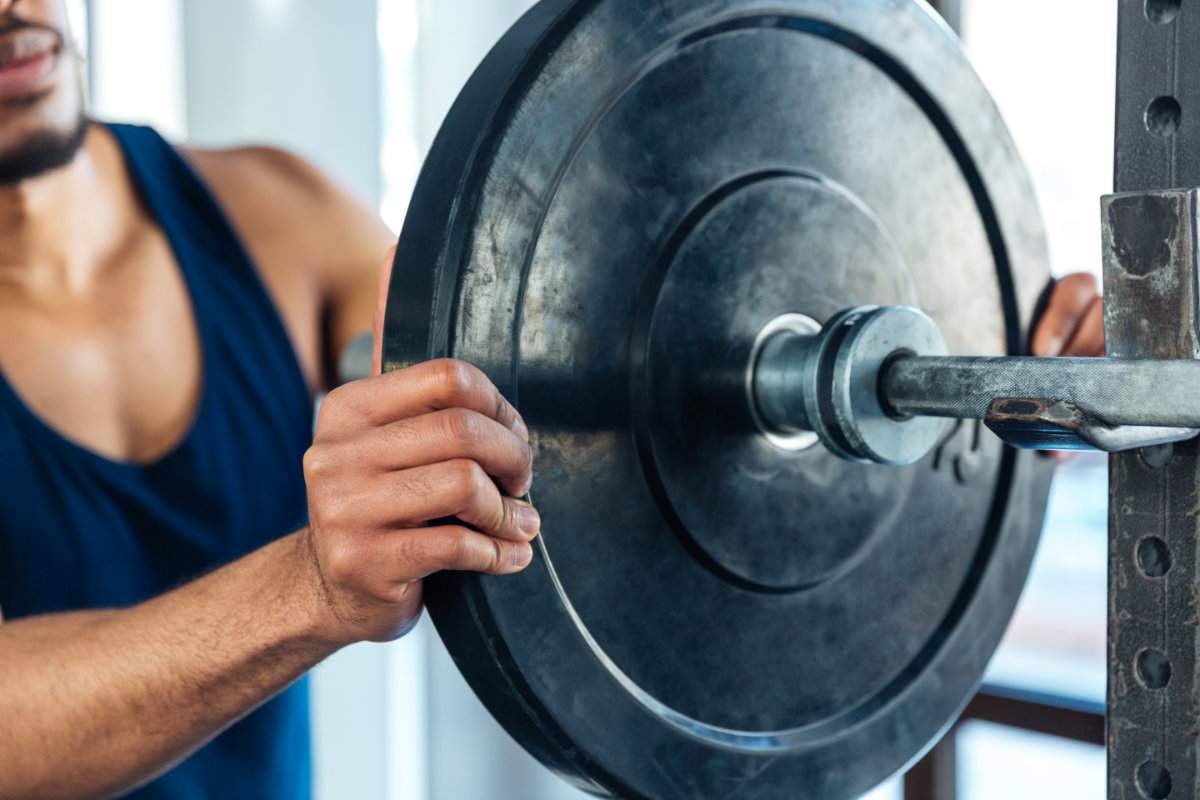Control Your Cortisol: A Leading Muscle Science Expert’s How-To Guide
Everything you need to know about the evil catabolic hormone!
Training is my drug.
I train hard. I train heavy. I push the limits.
I work out six days a week. I work out twice a day.
All because I want to be buff and ripped.
But my training addiction has a downside. Training this often and this intensely not only appeals to my psyche, it also triggers the release of a hormone called cortisol, which is always looking for new bodies to shrink and “smoothify.” (Yes, I invented that word.)
No wonder bodybuilders tell their children bedtime stories about the horrible hormone that will come and get them if they don’t eat their spinach. Cortisol wants to break down your muscle and increase body fat, the very things that you hope to avoid.
I train hard. I train heavy. I push the limits.
To help you train hard and train often while escaping cortisol’s clutches, I sat down and talked to my favorite muscle-science researcher, Jerry Brainum. He was the science editor at Muscle & Fitness for 10 years, has been a contributing writer at Ironman for 25 years, and consults on nutrition with world-class elite athletes such as Floyd Mayweather.
Is Cortisol All Bad?
Yes. For one, cortisol is a primary anti-stress hormone. Without cortisol, you would go into shock and die if exposed to trauma.
Cortisol also plays an important role post-exercise, by helping to supply fat in order to power muscle-protein-synthesis reactions. Research on protein synthesis shows how cortisol facilitates recovery processes. So cortisol is definitely not all bad.
Which Athletes Have The Highest Cortisol Levels?
Any type of intensive exercise is capable of elevating cortisol. But athletes with the highest levels are usually those who overtrain. Overtraining is a form of stress, and in response to any type of stress, cortisol release is activated.
Ultra-long-distance runners probably have the highest cortisol levels, but keep in mind that cortisol release is modified by athletic experience. Those new to exercise or sports will secrete higher amounts of cortisol than more experienced athletes. One easy way to manage cortisol is to get sufficient rest between exercise sessions, and also enough sleep.
A higher protein intake, especially branched-chain amino acids, also helps with recovery. Studies on amino acids demonstrate their role in muscle recovery and cortisol management.
What About Medical Conditions?
Cortisol release is very high for those suffering from Cushing’s disease, and deficient in those with Addison’s disease. President John F. Kennedy was one of the more prominent sufferer of Addison’s. Having excess cortisol is a greater disadvantage for those seeking athletic success because of its catabolic effects.
Does Cardio Really Spike Cortisol?
The effect of cardio exercise on cortisol has been greatly exaggerated. Levels begin to rise after an hour of aerobics. As for weight training, the more intense the exercise, the higher the cortisol release. But again, those more training experienced often show little or no change in cortisol. They’ve adapted.
“You’re not afraid of aerobic exercise, are you?”
What Time Of Day Should I Train?
Cortisol levels peak in the early morning, so exercising very early should result in higher cortisol output. Training in the evening produces the lowest cortisol response. But practically, it’s best to train when you most feel like it or can fit it into your schedule.
Should I Get My Cortisol Tested?
It’s a good idea for endurance athletes or those engaged in either longer workouts or who train more than once a day. The only con is the cost of the test.
What Supplements Can Help Control Cortisol?
Research-Backed Supplements
Phosphatidylserine has been suggested in some studies to support healthy levels of cortisol, with subjects taking 400 milligrams daily. Another supplement for this purpose is Relora, a plant extract.
Ingesting carbs during or post-workout also blunts cortisol release. Research on glycogen metabolism explains how carbohydrates help manage stress hormone responses.
Can I Mix These Supplements?
Yes, you can mix it, but whether that would significantly increase any effect isn’t known.
What Are The Signs Of High Cortisol?
High Cortisol Symptoms
Water retention, bloat, excess fat in the central area (trunk) of the body, and failure to increase muscle size and strength. Cortisol promotes the release of myostatin, a protein that breaks down muscle.
Pauline doesn’t seem to have any trouble with cortisol, does she?
What Are The Signs Of Low Cortisol?
Weakness, fatigue.
How Does Cortisol Affect Other Hormones?
Cortisol has an inverse relationship with all anabolic hormones, including testosterone, growth hormone, and insulin. When cortisol is elevated, these other anabolic hormones are depressed, and vice versa.
Does Body Fat Affect Cortisol Production?
The enzyme that converts an inactive form of cortisol into the active form is found in fat cells. So the obese tend to produce more cortisol. Whether this perpetuates the obesity is still a matter of debate among scientists.
But there are experimental drugs that inhibit the enzyme that converts inactive cortisone into the active form, and these drugs have shown beneficial effects against obesity in preliminary animal studies. Research on strength training demonstrates how resistance exercise can help manage cortisol in overweight individuals. Also, those who are fit are able to handle any type of stress more effectively than those who aren’t fit.
As a result, fit people produce less cortisol even under stressful conditions.
Does Training Style Matter For Cortisol?
Cortisol automatically goes up with both styles of training. Studies from Harvard research show that both aerobic and resistance training can elevate cortisol, but the benefits of exercise far outweigh the temporary cortisol increase. Research on cardiovascular training confirms that proper exercise programming minimizes negative cortisol effects.
Managing Cortisol For Optimal Results
Key Takeaways
Understanding cortisol’s role in your training is crucial for maximizing results. While cortisol isn’t entirely evil, managing its levels through proper training, nutrition, and recovery strategies will help you build muscle and lose fat more effectively.
Remember that consistency in training, adequate sleep, proper nutrition timing, and strategic supplementation can all help keep cortisol in check while you pursue your fitness goals.


